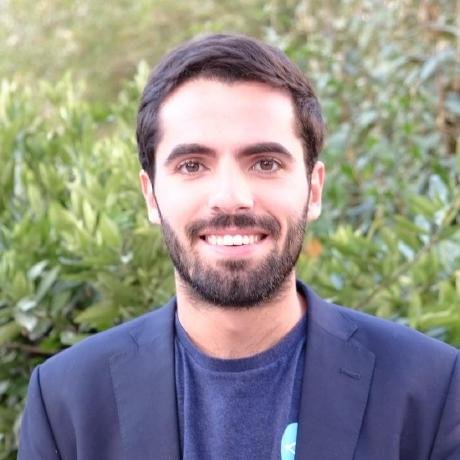what is slack-mcp-client?
slack-mcp-client is a Slack bot that serves as an MCP (Model Context Protocol) client, built using TypeScript. It allows users to interact with MCP servers through Slack.
how to use slack-mcp-client?
To use slack-mcp-client, set up a Slack app, configure it with the provided manifest, and run the client locally by following the installation instructions.
key features of slack-mcp-client?
- Supports SSE and Stdio MCP servers.
- Easy local setup with a Slack app manifest.
- Configurable through environment variables and JSON files.
use cases of slack-mcp-client?
- Integrating MCP tools into Slack for enhanced collaboration.
- Running local MCP servers and interacting with them via Slack.
- Developing and testing Slack bots that utilize MCP protocols.
FAQ from slack-mcp-client?
- What is an MCP client?
An MCP client allows communication with MCP servers, enabling various functionalities within applications like Slack.
- How do I set up the Slack app?
Follow the instructions in the documentation to create a new app and configure it with the necessary tokens and settings.
- Is there a specific Node version required?
Yes, Node 22 (lts/jod) is required to run the client.
Slack MCP Client
A slack bot with an MCP client for slack in Typescript.
Current support for:
- HTTP Streamable, Stdio MCP servers as defined in version 2025-03-26
- The Oauth based authorization flow defined in version 2025-03-26
- SSE MCP servers as defined in the previous version of the protocol.
- MCP Tools only (more coming soon)
Check out the video for a brief overview of what it can do! The video is using this linkedin-mcp-server which supports the latest authentication specification of the protocol.
https://github.com/user-attachments/assets/1232d292-4a30-44c4-a05d-bf07d7c5c882
Installation
Follow those instructions to run it locally.
Setup ngrok to run the app locally
- Expose your http://localhost:3000 to the web: https://ngrok.com/docs/getting-started/
- You can also use the socketMode of slack apps if you do not want to use ngrok. You'll need to set socketMode to true when instanciating the bolt App, and activate the socketMode of your app in the slack App management dashboard.
Setup the Slack App
- Edit the slack-app-manifest.json: copy your ngrok url in the request_url fields.
- Add a new App in your slack workspace, you can configure it with the slack-app-manifest.json file.
- Create an .env file from the env.example file
cp .env.example .env
- Populate with the slack tokens:
- The Signing Secret from the App Basic Information page
- The App level token with a connections:write scope that you can generate in the App Basic Information page.
- The Slack bot token that you can find in the OAuth & Permission page
- Update the auth redirect url with your ngrok url.
Requirements
- Node 22 (
lts/jod) - pnpm 10
- an OpenAI API key
- Some MCP servers running accessible over stdio, sse or streamable http. You can checkout this list if you need!
Instructions
- Install dependencies:
pnpm install
- Create the mcp.json file and add your mcp servers config. Check this list of MCP servers if you need.
cp mcp-example.json mcp.json
- Run the client:
pnpm run dev
- Open a new thread of discussion with your bot and have fun.
Useful Doc
- Bolt AI Assistant Apps: https://tools.slack.dev/bolt-js/concepts/ai-apps/
License
This project is licensed under MIT License - see the LICENSE file for details.
Contributing
Contributions are welcome! Please feel free to open an issue or to submit a pull request 🚀!
